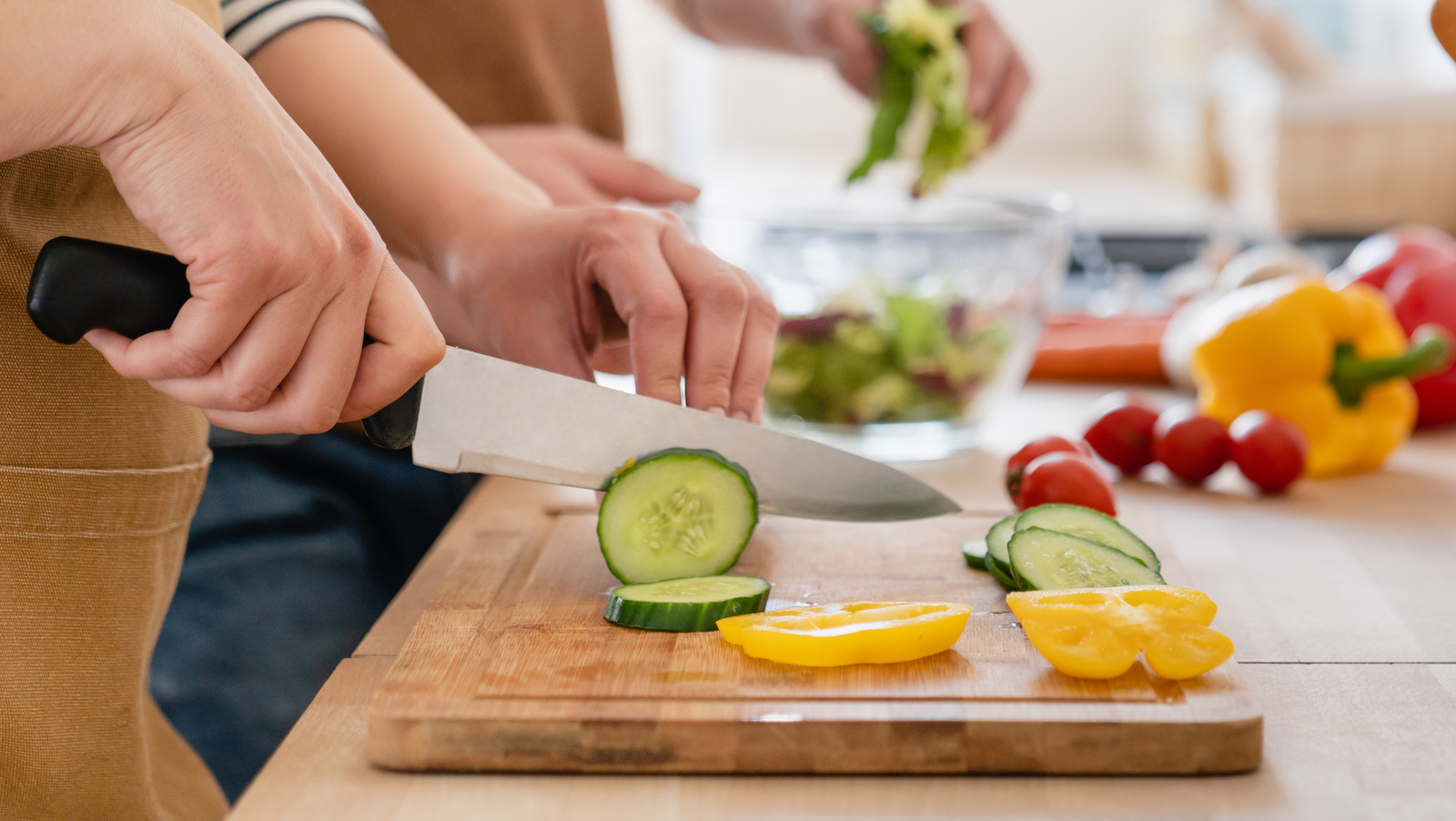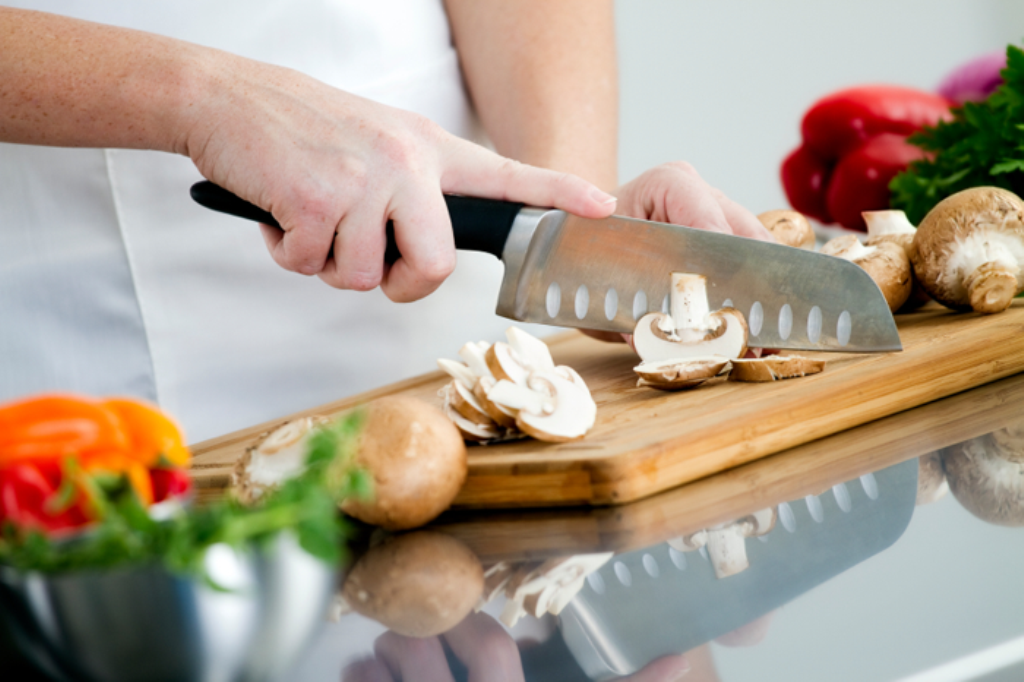For kitchen professionals, particularly managers, understanding 'how should a manager deal with a cutting board' is far more than a simple processit is an essential aspect of maintaining hygiene standards, ensuring food safety, and optimizing operational efficiency in a bustling kitchen. Whether you run a high-end restaurant, manage a commercial kitchen, or lead a team of cooks, your role in overseeing the proper care and use of cutting boards is crucial.
In this article, we'll break down actionable steps and key considerations to manage cutting boards effectively, from reducing cross-contamination risks to extending their life span. Let's dive in!

Why Cutting Boards Are Critical in Professional Kitchens
Cutting boards might seem like a basic kitchen tool, but their role in food preparation is indispensable. By their very nature, cutting boards come into direct contact with a variety of ingredientsfruits, vegetables, raw meats, fish, and even allergens like nuts. For this reason, their management becomes a top priority for kitchen professionals.
Preventing Cross-Contamination
One of the main challenges is managing 'cross-contamination', where harmful bacteria from raw proteins (meat, poultry, or fish) transfer onto other ingredients or surfaces. The ramifications can range from mild food spoilage to severe cases of foodborne illnesses.
To tackle this, managers should ensure proper separation of food types. Consider implementing a color-coded system for cutting boards. For example:
- Red for raw meats
- Yellow for poultry
- Blue for seafood
- Green for fruits and vegetables
- White for dairy or baked goods
This systematic approach not only helps avoid contamination but also provides clarity for kitchen staff. Need help with creating a color-coded system? Check this guide to cutting board colors.
Ensuring Food Safety Standards
Food safety is non-negotiable in the kitchen. As a manager, your team looks to you to create an environment that prioritizes this. Even beyond color-coding, demanding regular cleaning and sanitizing practices for cutting boards is key.
- Use separate cutting boards for cooked and uncooked foods.
- After each use, wash boards with hot, soapy water and sanitize them thoroughly.
- Replace cutting boards once deep grooves or scratches form, as they can trap bacteria.
For more information on sanitizing cutting boards, visit this food safety guide.
Choosing the Right Cutting Boards
Managers must also consider the types of 'cutting boards' that best suit their kitchen's needs. Typically, the two most common materials are wood and plastic. Here are the pros and cons of each:
Wood Cutting Boards
Wooden boards, especially those made from hardwoods like maple, are popular in many professional kitchens. They are gentle on knives and have natural antimicrobial properties. However, they require more care, such as regular oiling to prevent cracking or warping. If you're interested in maintaining wooden cutting boards, this Wikipedia entry offers fascinating insights on their care.
Plastic Cutting Boards
Plastic boards are lightweight, easy to clean, and often dishwasher-safe. Theyre a go-to option where hygiene is paramount. But bewarethey can develop knife grooves over time, making them susceptible to harboring bacteria.
Training Your Kitchen Team
A hands-on manager knows that proper cutting board management starts with staff training. Without team-wide adoption of best practices, even the most stringent systems can falter.
Host Regular Training Sessions
Include discussions about the importance of hygiene and handling cutting boards in your team meetings. Teaching practical skills like avoiding cross-contamination, sanitizing correctly, and recognizing when a board needs replacement can make all the difference.
Provide Accessible Resources
Place instructional materials in visible locations. Infographics that demonstrate cutting board color codes, cleaning steps, or knife safety improve compliance rates.
Caring for Cutting Boards Like a Pro
Proper maintenance extends the life of your cutting boards, saving you money in the long run. Here's how you should care for them:
Regular Cleaning
Managers should enforce a cleaning routine at the end of each shift. Use hot water, dish soap, and scrub brushes to remove food particles and oils. Want detailed tips for cleaning? Learn about cleaning with professional-grade tools.
Deep Sanitizing
Use a food-safe sanitizing solution to treat boards after every use. This process effectively kills lingering bacteria while ensuring the surface remains food-safe.
Inspect and Rotate Boards
Inspect cutting boards weekly for signs of excessive wear. Boards with deep scratches or cracks should be discarded. Regularly rotating boards can also distribute wear evenly.
Cost Efficiency in Cutting Board Management
Replacing cutting boards frequently can strain your kitchens budget. To minimize costs, managers can:
- Invest in high-quality boards that last longer.
- Train staff on proper cutting techniques to reduce wear.
- Conduct routine maintenance on existing boards.
For tips on optimizing your kitchen equipment, check out this handy resource on board storage and usage.
Final Thoughts
Understanding 'how should a manager deal with a cutting board' is critical to running an efficient and hygienic kitchen. With regular maintenance, robust systems for cross-contamination, and proper training, kitchen managers can ensure smoother workflows while upholding food safety standards. Remember, the cutting boards in your kitchen are more than toolsthey are the foundation of any great dish.

FAQs
1. Why is color-coding cutting boards important?
Color-coding helps prevent cross-contamination by assigning different boards to specific food types, such as raw meat or vegetables.
2. How often should I replace cutting boards in a kitchen?
Replace boards as soon as they develop deep grooves, cracks, or become discolored, which can harbor bacteria and compromise safety.
3. What is the best way to sanitize cutting boards?
Use a food-safe sanitizing solution after each use, in addition to washing the board with hot water and soap.
4. Are wooden cutting boards safe for professional kitchens?
Yes! Wooden boards are safe when properly maintained with regular oiling and cleaning. They are also less harsh on knives.
5. Can I recondition an old cutting board?
Yes, wooden boards can often be sanded and reconditioned with food-grade oil, but plastic ones may need to be replaced entirely.
This article contains affiliate links. We may earn a commission at no extra cost to you.






Leave a comment
This site is protected by hCaptcha and the hCaptcha Privacy Policy and Terms of Service apply.